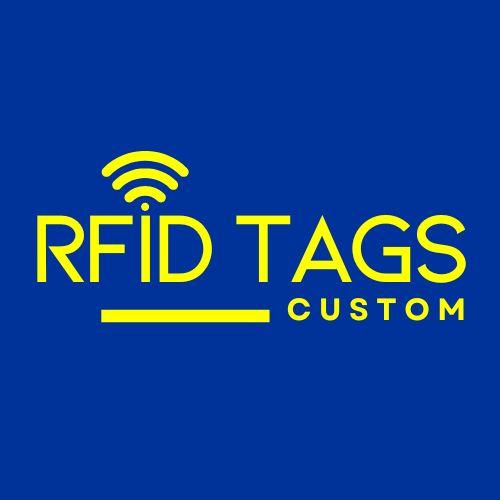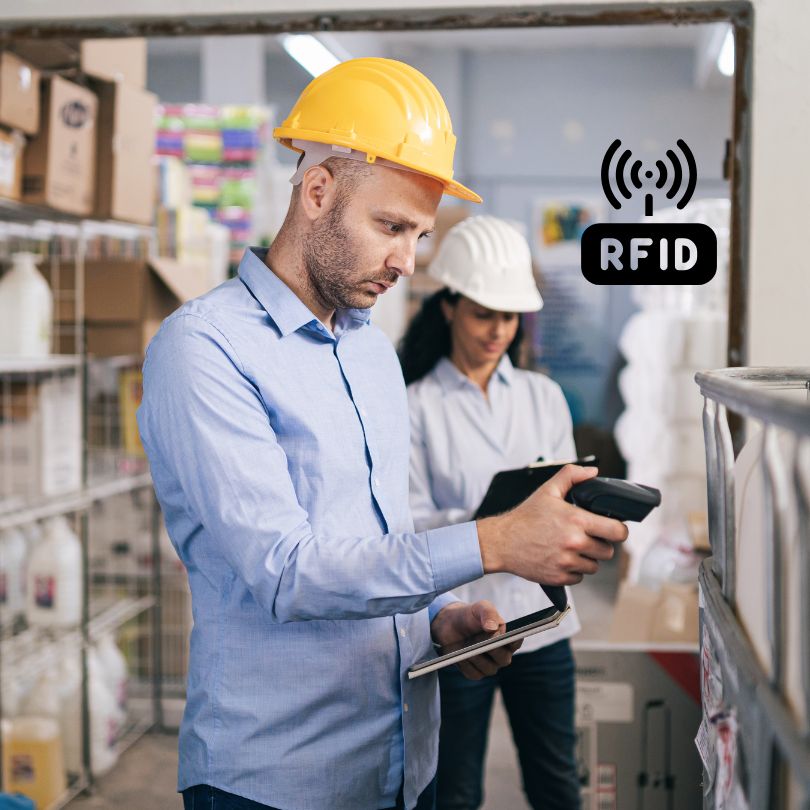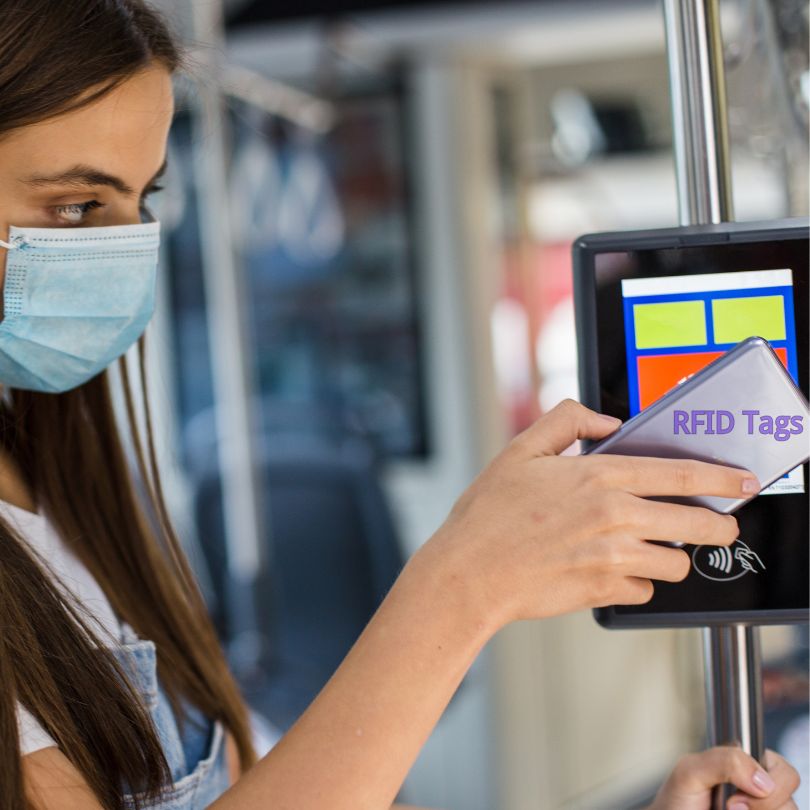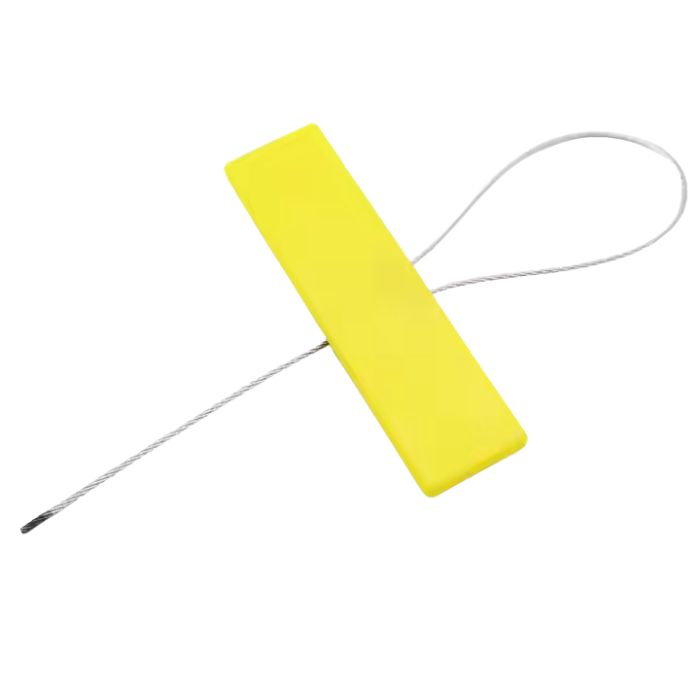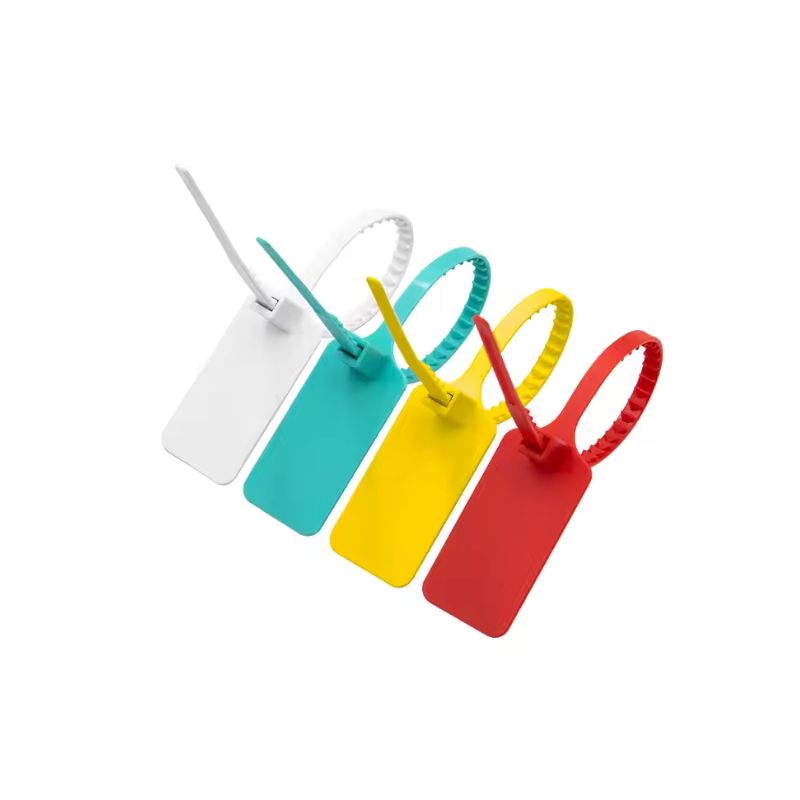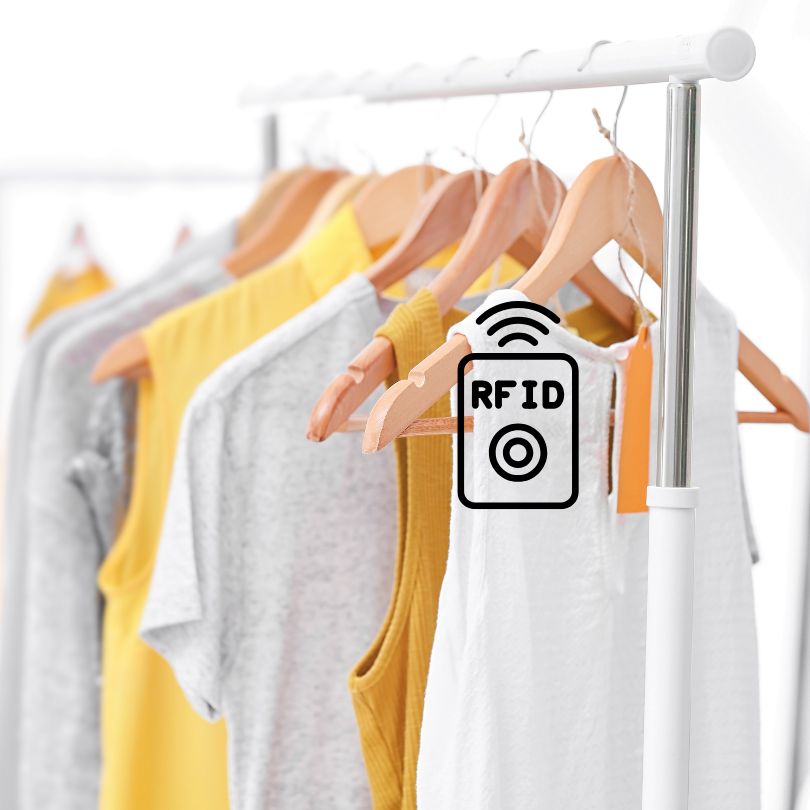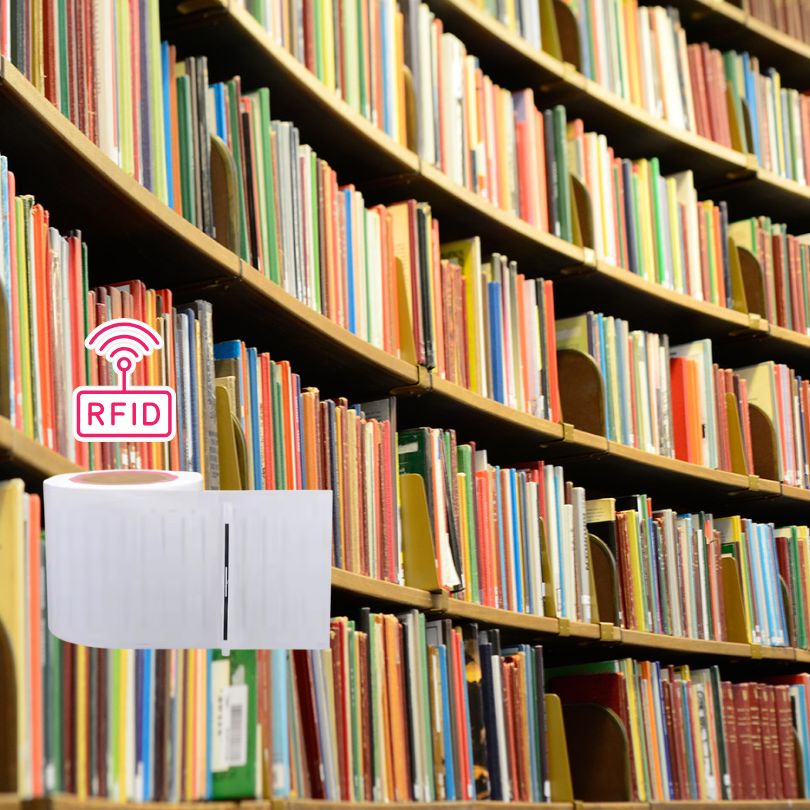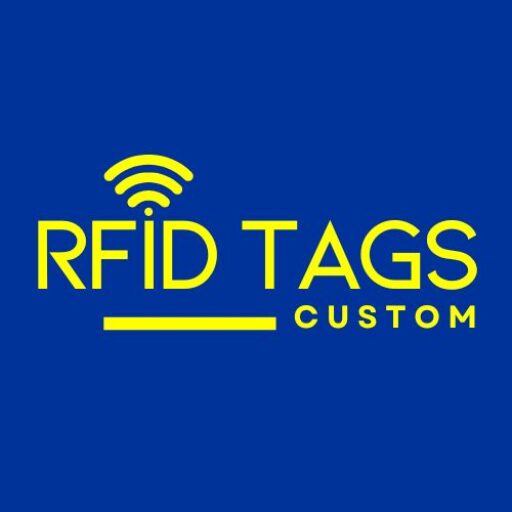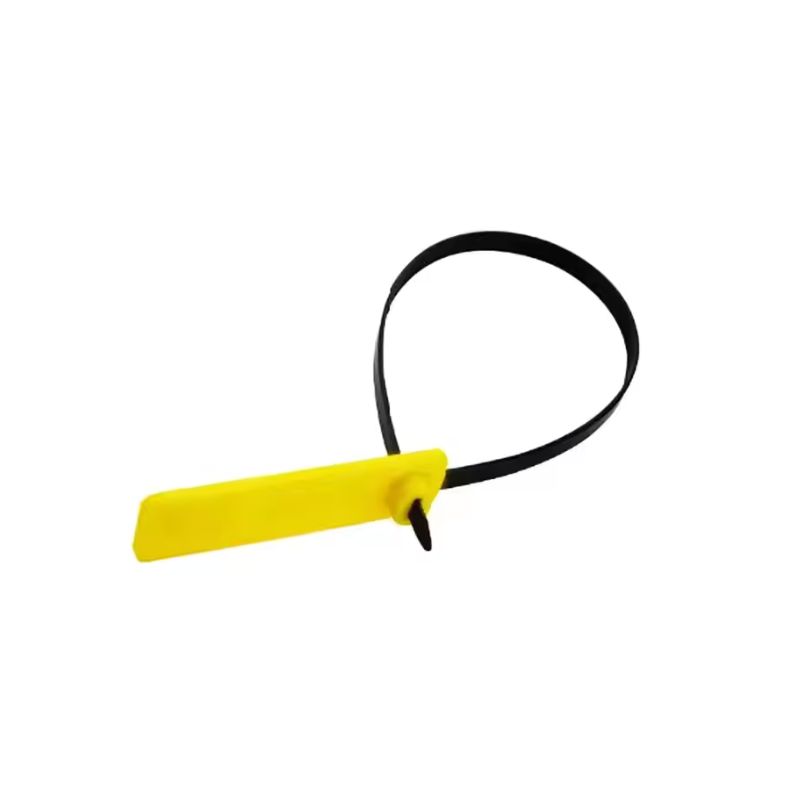
Blog i lidhur
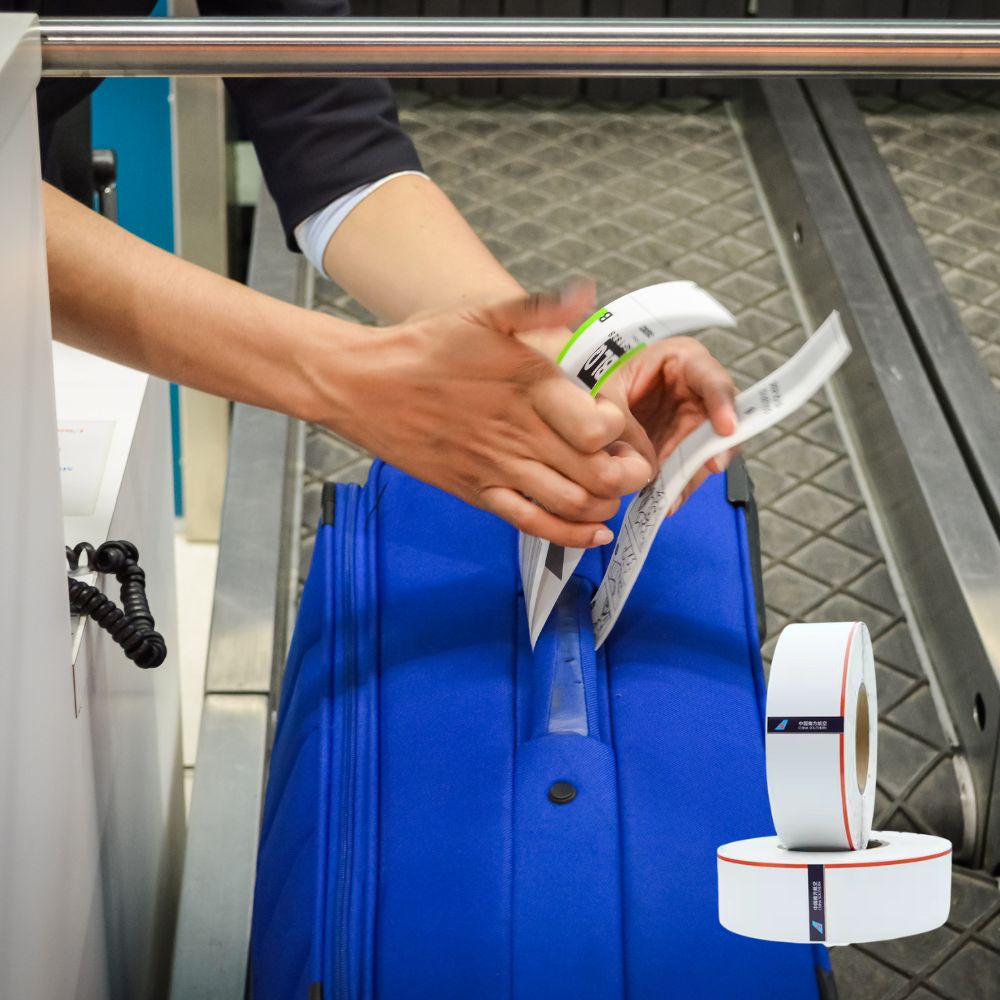
Si funksionon identifikimi i radiofrekuencës
Ky artikull eksploron fuqinë transformuese të teknologjisë së identifikimit të frekuencës radio (RFID) në sektorë të ndryshëm.
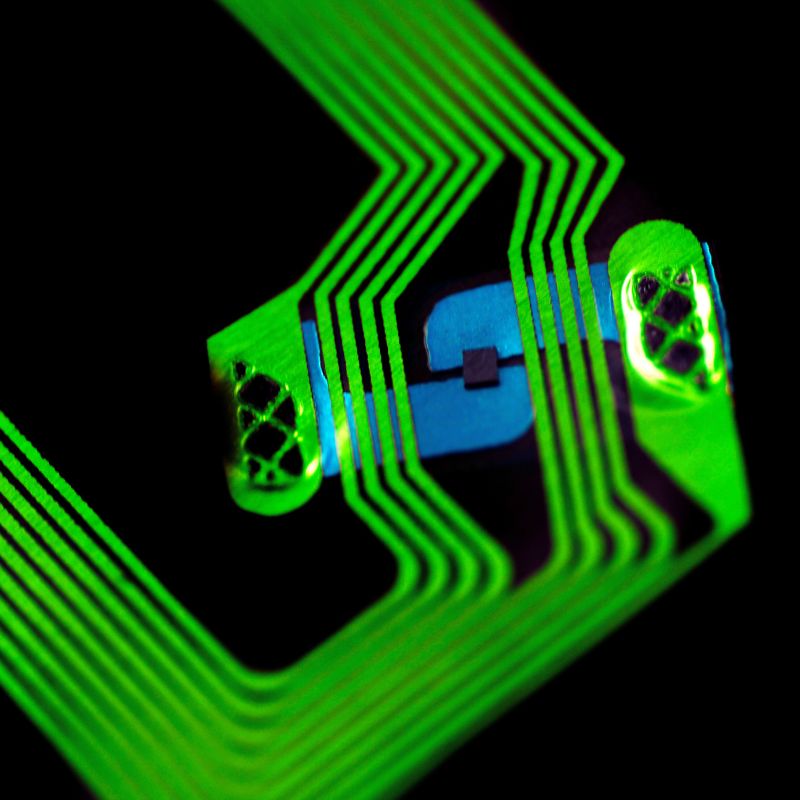
Cili është ndryshimi midis UHF RFID dhe HF RFID
A po pyesni se cili është ndryshimi midis UHF RFID dhe HF RFID? Si dikush i specializuar në shpjegimin e ndryshimit midis UHF RFID dhe HF RFID, unë kam punuar në projekte të panumërta ku zgjedhja e frekuencës së duhur mund të bëjë ose prishë vendosjen e sistemit RFID.
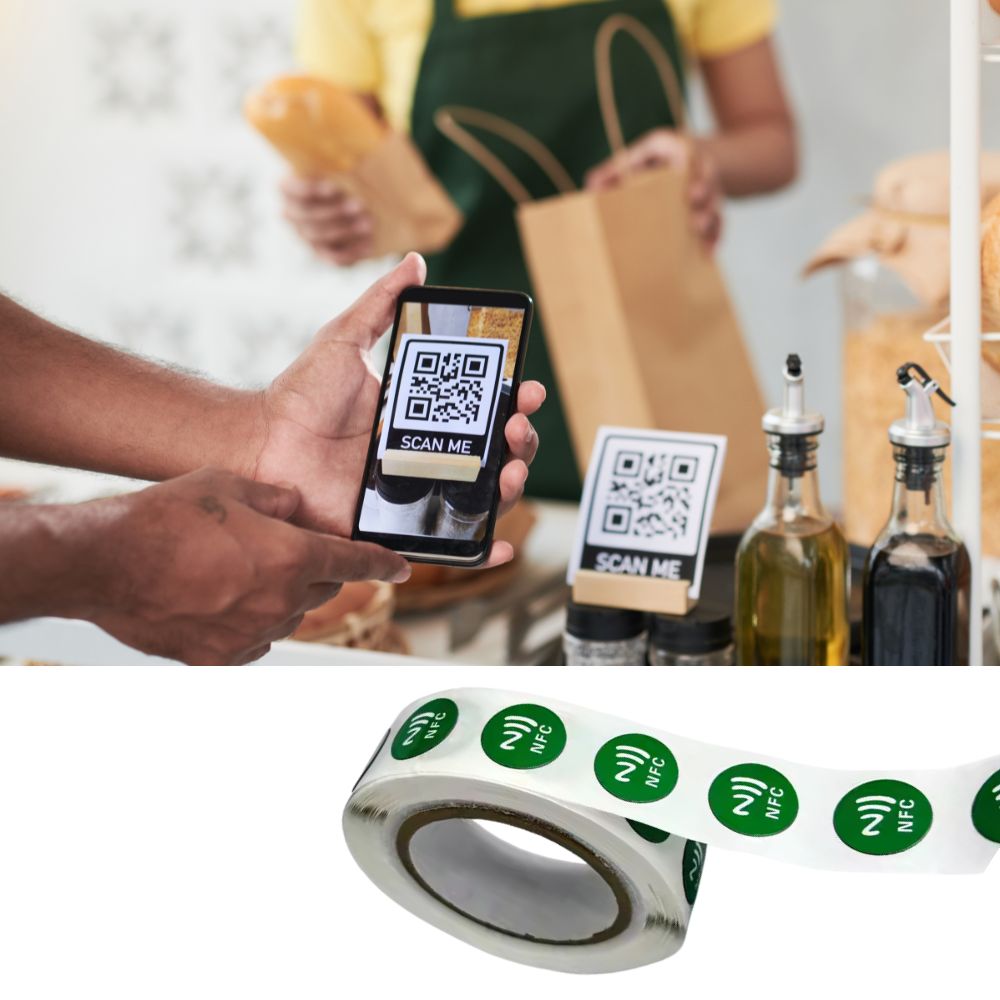
Cili është ndryshimi midis etiketës NFC dhe kodeve QR
Jeni kurioz se cili është ndryshimi midis kodeve NFC dhe QR? Në botën e sotme dixhitale me ritme të shpejta, skanimi i kodit QR dhe prekja e etiketave NFC janë bërë norma të përditshme.
